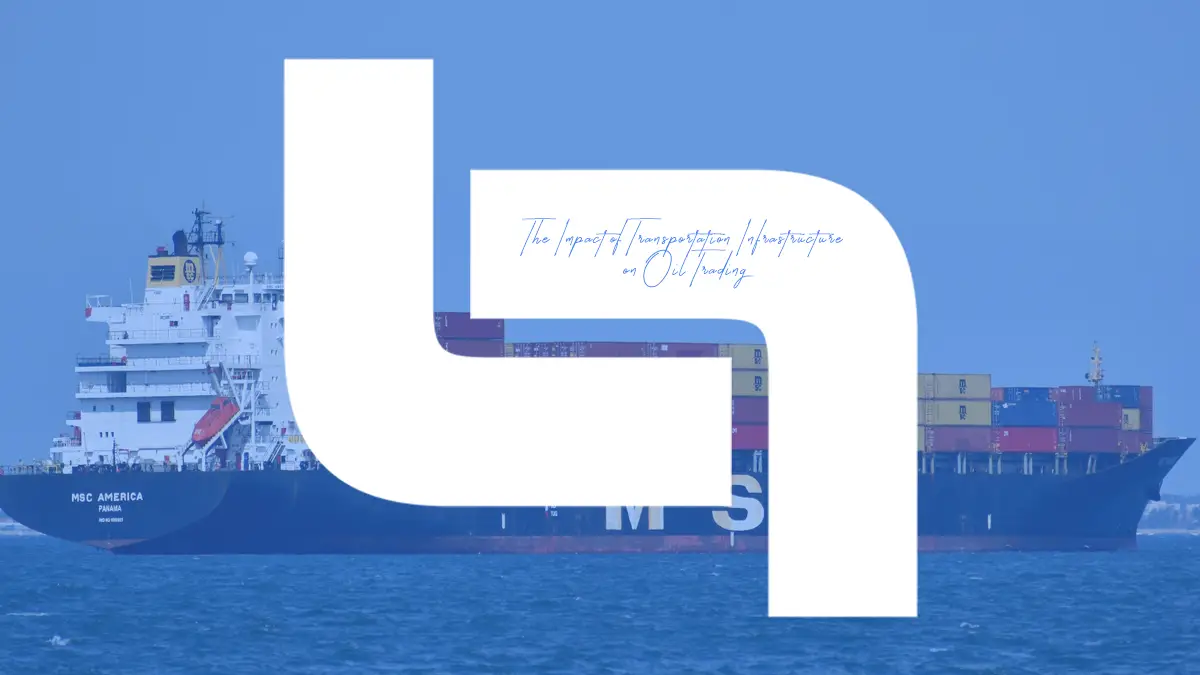Oil is one of the most important commodities in the world, and its production, distribution, and consumption are closely tied to transportation infrastructure. The oil industry has always relied on efficient and reliable transportation methods to move crude oil and refined products to different regions and markets. This article explores the impact of transportation infrastructure on oil trading, with a particular focus on how different modes of transportation affect the price, supply, and demand of oil. If you are planning to earn profits by trading Oil, you must first invest in a reliable trading platform like oil-profit.

Introduction
The oil industry heavily relies on transportation infrastructure, which is a critical component that affects the price of oil. There are various modes of transportation, including pipelines, ships, trains, and trucks, that are used to transport crude oil and refined products from oil fields to refineries and then to the market. The effectiveness, consistency, and cost-efficiency of these transportation modes have a direct effect on the cost of oil.
Pipelines
Pipelines are widely used for the transportation of crude oil and refined products due to their high efficiency and safety. They are the preferred mode of transport for large volumes of oil over long distances, as they are cost-effective and have lower environmental impact than other methods, such as ships or trucks.
Despite these advantages, pipeline construction is a costly endeavor, and they may not be available in all regions. Pipelines can also experience disruptions, such as leaks or maintenance, which can impact the supply and demand of oil. Additionally, the capacity of pipelines is finite, and this can cause supply bottlenecks when demand exceeds their capacity.
In summary, pipelines are a reliable and efficient means of transporting oil, but their availability and capacity can be limiting factors. Proper maintenance and monitoring are essential to minimize disruptions and ensure the safe and sustainable use of this transportation method.
Ships
Ships play a crucial role in the transportation of crude oil and refined petroleum products across oceans and seas. The most commonly used vessels for oil transportation are tankers, owing to their efficiency, cost-effectiveness, and the ability to transport large quantities of oil.
Despite their utility, ships are not without risks. Piracy, accidents, and oil spills are some of the major threats that ships face. These risks can significantly impact the supply and demand of oil, especially if they occur in important shipping routes or ports. Oil spills, in particular, pose a severe threat to the marine environment and can cause extensive damage to marine life and ecosystems.
Trains
Trains play a vital role in the transportation of crude oil and refined products in areas where pipelines are unavailable or not practical. They offer flexibility in delivering oil to various destinations, including remote areas or smaller markets.
However, compared to pipelines or ships, trains are less efficient and more costly. They also have a greater environmental impact, consuming more energy and producing more emissions. In addition, trains are vulnerable to disruptions, such as derailments or delays, which can impact the supply and demand of oil. Despite these drawbacks, trains remain a valuable transportation option in certain regions and circumstances.

Trucks
Trucks play a crucial role in transporting small quantities of oil over short distances, such as from refineries to local markets or from storage tanks to gas stations. They offer a great deal of flexibility in transporting oil to various destinations, including rural areas and small towns.
Despite their convenience, trucks are the least efficient and most costly mode of transportation for oil. This is due to their higher fuel consumption and maintenance costs compared to other transportation modes. Additionally, trucks have a larger environmental footprint as they emit higher levels of greenhouse gasses and other pollutants than other modes of transportation.
Furthermore, traffic congestion and accidents pose a significant threat to the supply and demand of oil transported by trucks. These incidents can cause delivery delays, interruptions, and increased transportation costs.
Conclusion
The transportation infrastructure is a crucial factor in the oil industry, impacting the pricing, supply, and demand of oil. Various modes of transportation, such as pipelines, ships, trains, and trucks, have their pros and cons, and their effectiveness, dependability, and cost-efficiency vary depending on the specific market conditions and requirements.

